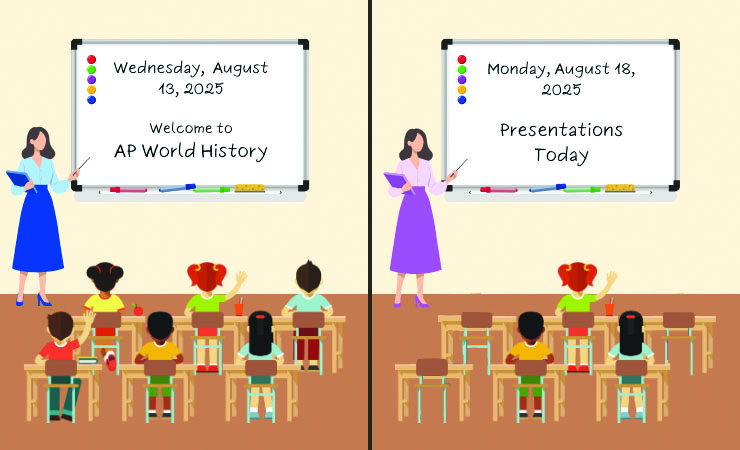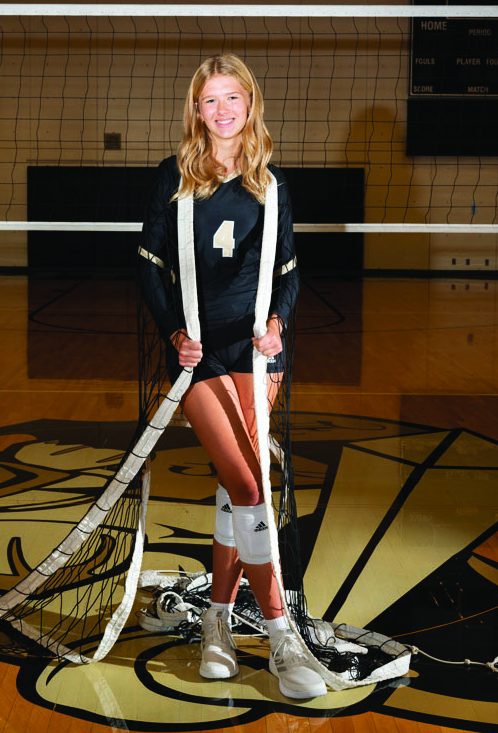The recruitment process: Struggles of getting noticed by coaches in a pandemic
December 22, 2020
Student athletes looking to play sports in college are often kept in the dark on exactly how to get started in the recruiting process. There are multiple steps that can be taken to get noticed that are important for teens, especially juniors, to be aware of. While the process alone is confusing and takes a lot of self accountability, the COVID-19 outbreak has further complicated it.
With many regulations being put in place by the National Collegiate Athletic Association (NCAA) on account of the worsening pandemic, athletes face several challenges in getting noticed. College coaches have not been able to attend games in-person to recruit or invite players to their campuses, causing athletes to have to rely on recognition through videos posted to the internet. Hudl is a very useful online application to assist in recruitment. Although it was originally used for performance analysis so that athletes and coaches can prepare for competitions, it is a necessary tool needed for recruitment in a time where everything is electronic.
“Hudl is an online platform to help coaches and players win. Not only is it for film review, it’s a platform for athletes to create highlight videos and get recognized,” Hudl employee and Lincoln Southeast (LSE) varsity volleyball coach Paige Hubl said. “Athletes can share their Hudl profiles on social media, send film to college recruiters via email, and showcase their top plays all online.”
Further complicating recruiting, the NCAA added an extra year of eligibility for college athletes to compete. This means that seniors in college will be able to make the decision of playing an extra year. This leaves less spots open on a coach’s rosters for newcomers, thus making the competition even more difficult for high school students.
When the recruitment process was harshly disrupted after the cancelation of spring sports in the 2019-2020 school year, many athletes hoping to play their sport at the collegiate level were left confused on how to keep in contact with coaches and maintain progress in their sport.
In a time where it is difficult to leave good impressions on coaches in-person, players have been needing to seek out coaches themselves in alternative ways. LSE Varsity Baseball Coach Montana Jones continued to work with his players through quarantine to make sure they were making phone calls to coaches.
“I have always told our guys to reach out to the schools’ coaches first. My sister was a division one softball coach, and she said coaches like when the student-athletes reach out to them. So I told the guys to reach out to the colleges they’re interested in and to also let me know so I could reach out to them too,” Jones said.
With the winter sports season approaching, many athletes were worried that their season would be canceled again. Right before it was set to begin, Lincoln Public Schools (LPS) instated an athletic moratorium, in which athletes were not allowed to practice or compete in their athletic activity for three weeks. The moratorium was lifted on Dec. 7, and gave the green light for winter sports to commence. For juniors and some seniors, missing a whole sports season would be disastrous for the recruitment process. Not only is it more difficult to get noticed when coaches can’t see an athlete’s performance, but not being eligible to play for a whole season can result in stunted growth in an athletes sport- growth that may have been needed in order to be skilled enough to make it to the collegiate level.
Over quarantine, most self-motivated players were able to make sure their skill and athleticism were up to par by the time they were eligible to play again. LSE varsity girls tennis coach Chris Salem says that it was fortunate that many tennis courts could still be accessed around town during the time, so his players were hopefully continuing to get in some practice whenever possible. But even with these opportunities, players missed out on a vital opportunity for growth in their sport.
“There is still no replacement for the match experience that comes with a 30 or 40 match season. Our new players to the reserve level (freshman and sophomores) typically see a huge jump in their ability during their first season playing through a high school season, so that was a big loss for those players,” Salem said.
In the recruitment world, junior year is pertinent for the process because that is usually the age range that coaches look for, so that athletes can make their commitment decision by senior year. The cancellation of spring sports was a huge concern for this age group because of this.
“It is no secret that missing your junior/senior high school year makes it harder to showcase your abilities. My advice would be to try and get involved with club sports, if available, and to do at home videos to send to recruiters. There are other individual things you can promote to recruiters to show your athletic ability,” Hubl said.
Winter sports players will continue to soak up every minute of the chance they get to play, for the possibility of another sudden shutdown will continue to be a concern as long as COVID-19 is a present blockade in our lives. One piece of advice that Hubl would like to leave players with is: “It is never too early to start creating highlight videos. With that being said, make sure the content is updated and relevant. College coaches get hundreds of highlight videos sent to them so you need to make sure they are current and not too long.”
For now, coaches are encouraging athletes to focus on the present and show gratitude towards having the opportunity to play at all. But with that being said it is in the hands of the players to hold themselves accountable to begin working toward their future goals now before it’s too late.










